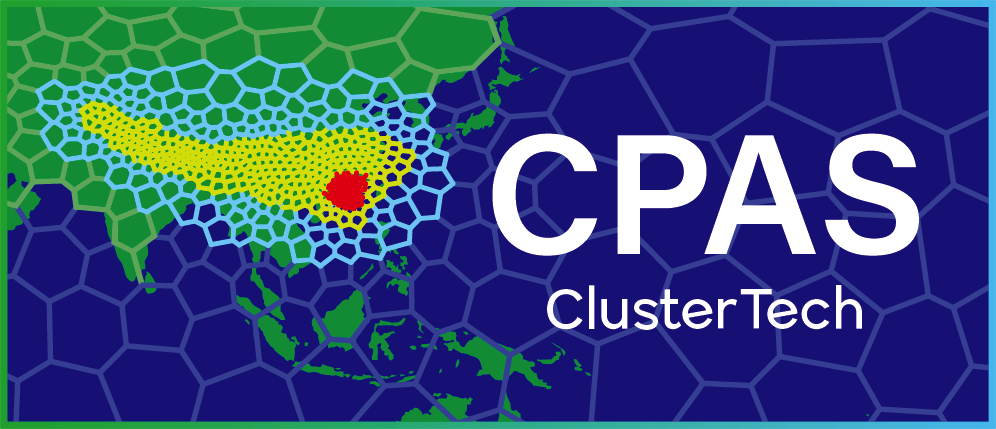Achieve 80% to pass
- Numerical Weather Prediction models are based on:
- Artificial Intelligence (AI)
- Statistical machine learning from a training set data
- Physics laws and parameterization of unresolved physical processes
- None of the above
- The governing equations of a numerical weather prediction model typically
- involves the rate of change, with respect to time, of atmospheric state variables
- involves spatial operators of atmospheric state variables like gradient
- does not couple different atmospheric variables like potential temperature and velocity
- All of the above
- a and b only
- After the governing partial differential equations are discretized spatially and temporally, the numerical scheme
- has the evolution of state variables at a grid point depends only on the grid point itself
- requires the use of data at neighbouring points when computing the evolution of state at a grid point
- uses deep learning techniques to deduce the evolution of atmospheric states
- evolves the system backward in time to deduce the initial condition
- Which statement regarding the unstructured grid used in the MPAS-A global model is incorrect?
- It must consist of some heptagons
- It must consist of some pentagons or polygons with fewer sides
- It supports gradual resolution transition
- Positions of cell centers and edges are used in the model
- Regarding the need for Initial Condition (IC) and Lateral Boundary Condition (LBC) data:
- A global model does not need IC data
- A global model needs LBC data
- A regional model needs both IC and LBC data
- A global model uses IC data to drive a regional model along the simulation
- When water vapour in a thunderstorm condenses in an air column,
- The atmospheric pressure near surface becomes high
- The atmospheric pressure near surface becomes low
- The air will be sinking and diverge near surface
- Mass continuity will not be kept
- What are possible ways to use fine resolution for an area in a numerical weather prediction model?
- Use a regional model with several levels of domain nesting, driven by a global model
- Use a variable-resolution global model with unstructured grid and smooth resolution transition
- Use a global model with domain nesting embedded
- All of the above
- When you use higher level programming language and packages, generally,
- you writes more lines of code for a task
- the software package dependencies are simpler
- you writes code in a more imperative style
- you make bigger foot-print when running it
- What is not true about a netCDF file?
- It contains a set of variables
- Each variable is bound to certain dimensions
- You can always convert it to a CSV file and use popular spreadsheet software to check its data
- You may use the xarray package in Python to open it.
- Which of the following statement is true (for the existing version of xarray introduced):
- If you do not mention the chunks argument when opening a dataset, xarray automatically do it for you and utilizes multi-core computing
- If you do not specify the value of the chunks argument when opening a dataset, xarray automatically determine it for you and utilizes multi-core computing
- You better have some idea on which dimension to decompose and its chunk size and specify them in the chunks argument when opening a dataset, to leverage multi-core computing effectively.
- There is no hint on whether multiple CPU cores are being used when using xarray in Jupyter Notebook.
| Previous | Answer |
|---|
